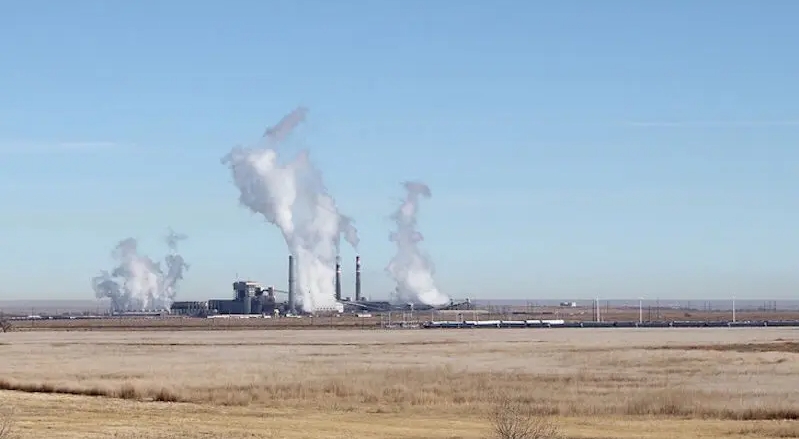
A study of clean energy alternatives led by the Pueblo Innovative Energy Solutions Advisory Committee (PIESAC) found that only advanced nuclear could make the community “whole” from the losses it will suffer from the closure of the last unit at the Comanche coal-fired power plant in Pueblo, Colorado, while ensuring a just transition.
PIESAC, a diverse 11-member committee of Pueblo community leaders, was assembled by Xcel Energy-Colorado to evaluate and recommend future clean energy generation strategies to replace the final coal-fired unit at Comanche as the company transitions to delivering 100% carbon-free energy by 2050 to its Colorado customers and communities. The plant, some 110 miles (177 km) south of Denver, includes three coal units: unit 1 (335 MWe) retired in 2022, unit 2 (315 MWe) is due to retire by the end of 2025, and unit 3 (750 MWe) is to retire by 1 January 2031 at the latest.
The closure of Comanche 3 – which had originally been expected to operate until 2070 – will have “devastating impacts” on the economy of Pueblo unless the community, Xcel Energy and other stakeholders begin planning now for its replacement, the study says. The 2031 closure will cost Pueblo more than USD845 million in taxes which fund schools, fire districts, libraries, conservation districts as well as the operations of the city and the county. “It is urgent that we reduce climate changing emissions, but we must also provide a path forward for coal communities such as Pueblo that have relied on highly paid skilled jobs and tax payments from coal plants,” the study finds.
PIESAC’s newly released report is the culmination of ten months’ work to evaluate clean energy generation strategies to replace the existing coal units at the Comanche Generation Station while ensuring a “just transition” so that “coal communities should not only be no worse off with the closure of coal facilities but also replace the coal generation with high paying and highly skilled jobs and lost tax base so that coal communities have an opportunity to prosper, grow, and reimagine their local economies”.
The committee looked at a “large number” of generation possibilities for Pueblo that could be available by 2034, including various energy storage and battery technologies, hydrogen as a primary fuel, the construction of additional solar facilities, combined cycle gas with carbon capture, and advanced nuclear. Of these, it recommends that only the latter two – a new gas plant with carbon capture or advanced nuclear – should be considered for Pueblo.
A new gas plant with carbon capture would provide 20 to 25 jobs with a salary range of USD80,000-120,000 and tax payments of approximately USD16.5 million a year, but advanced nuclear would provide 200 to 300 jobs with a salary range of USD60,000-200,000 and tax payments of USD95.29 million a year, it notes: “Of all of the technologies that we studied, only advanced nuclear generation will make Pueblo whole and also provide a path to prosperity.”
Coal accounted for some 27% of Xcel Energy-Colorado’s 2022 generation mix, with natural gas supplying around 31% and wind 36%. The company is aiming for 81% of its generation to be carbon free by 2030 and 100% carbon free by 2050.
Xcel Energy-Colorado is part of Minneapolis-headquartered Xcel Energy, serving eight Western and Midwestern US states from a generating portfolio which includes the Monticello and Prairie Island nuclear power plants in Minnesota.